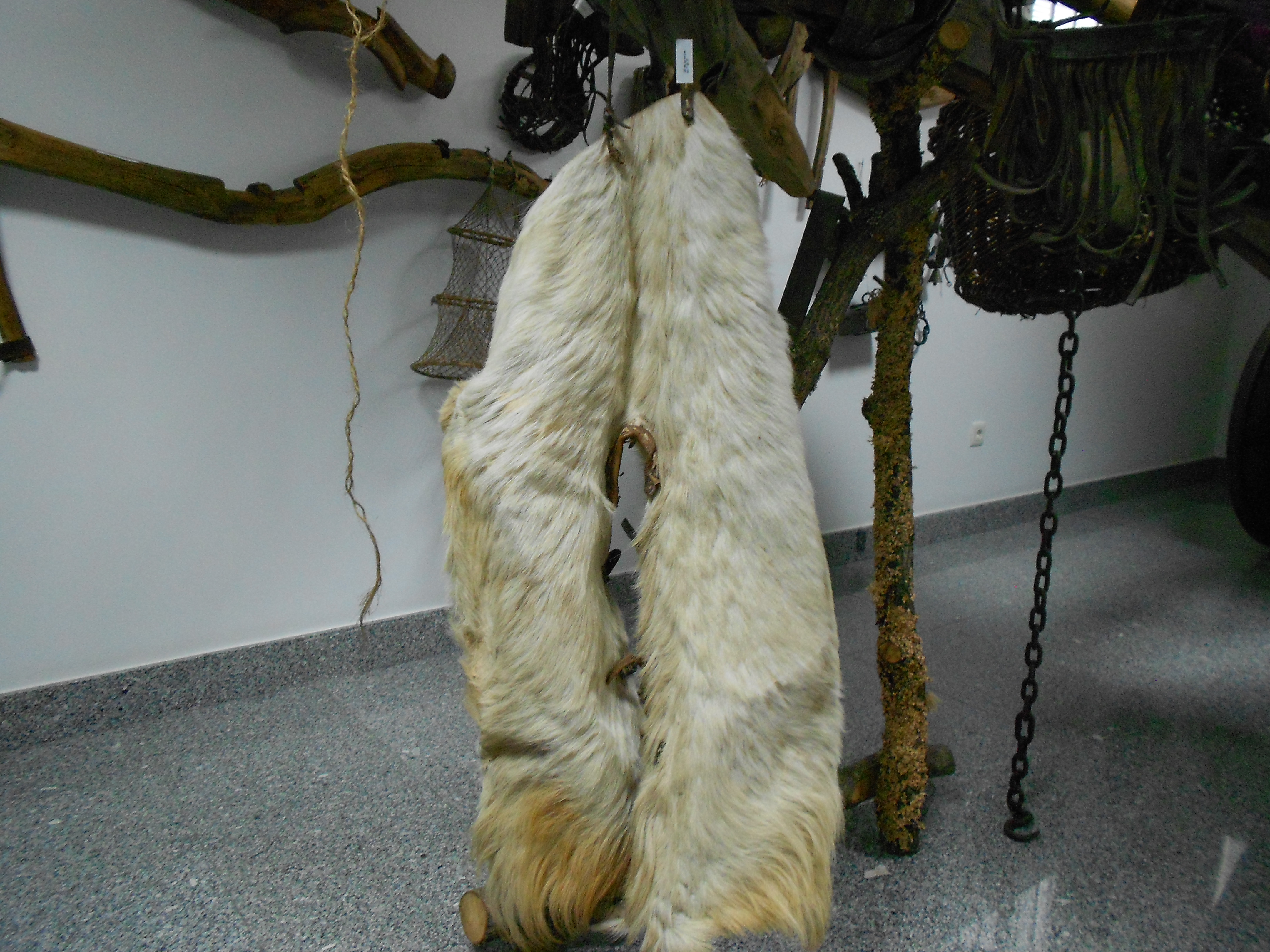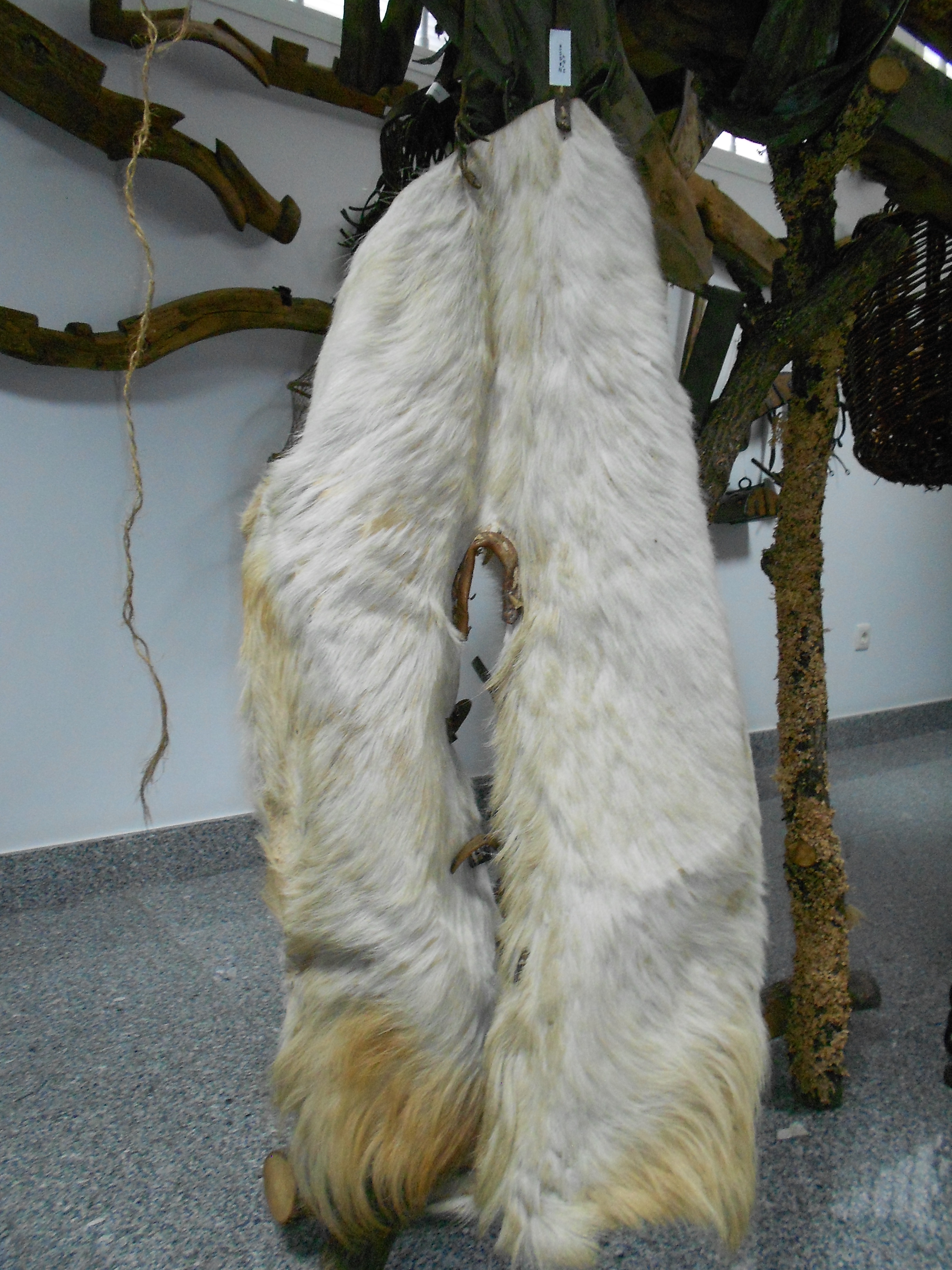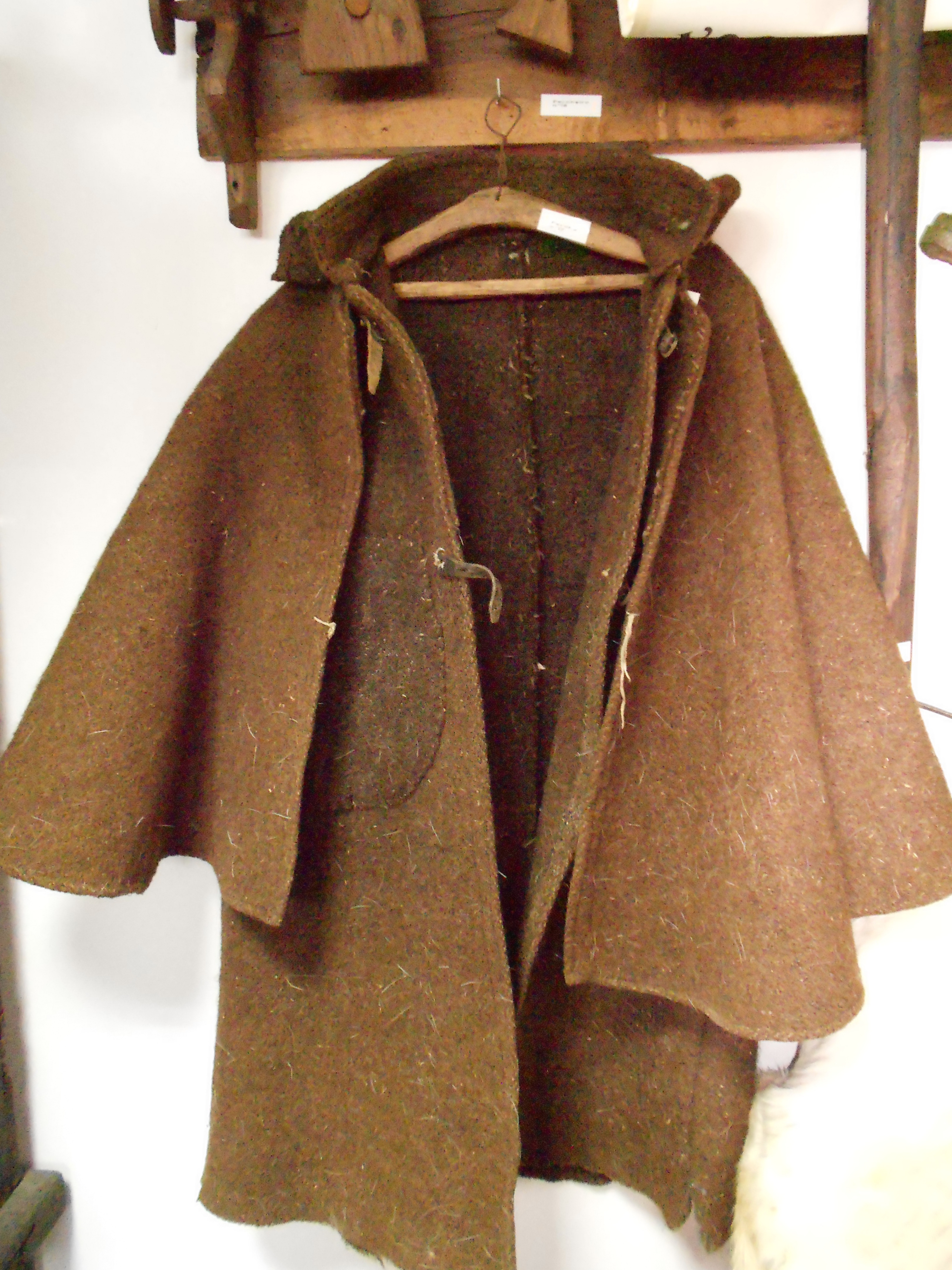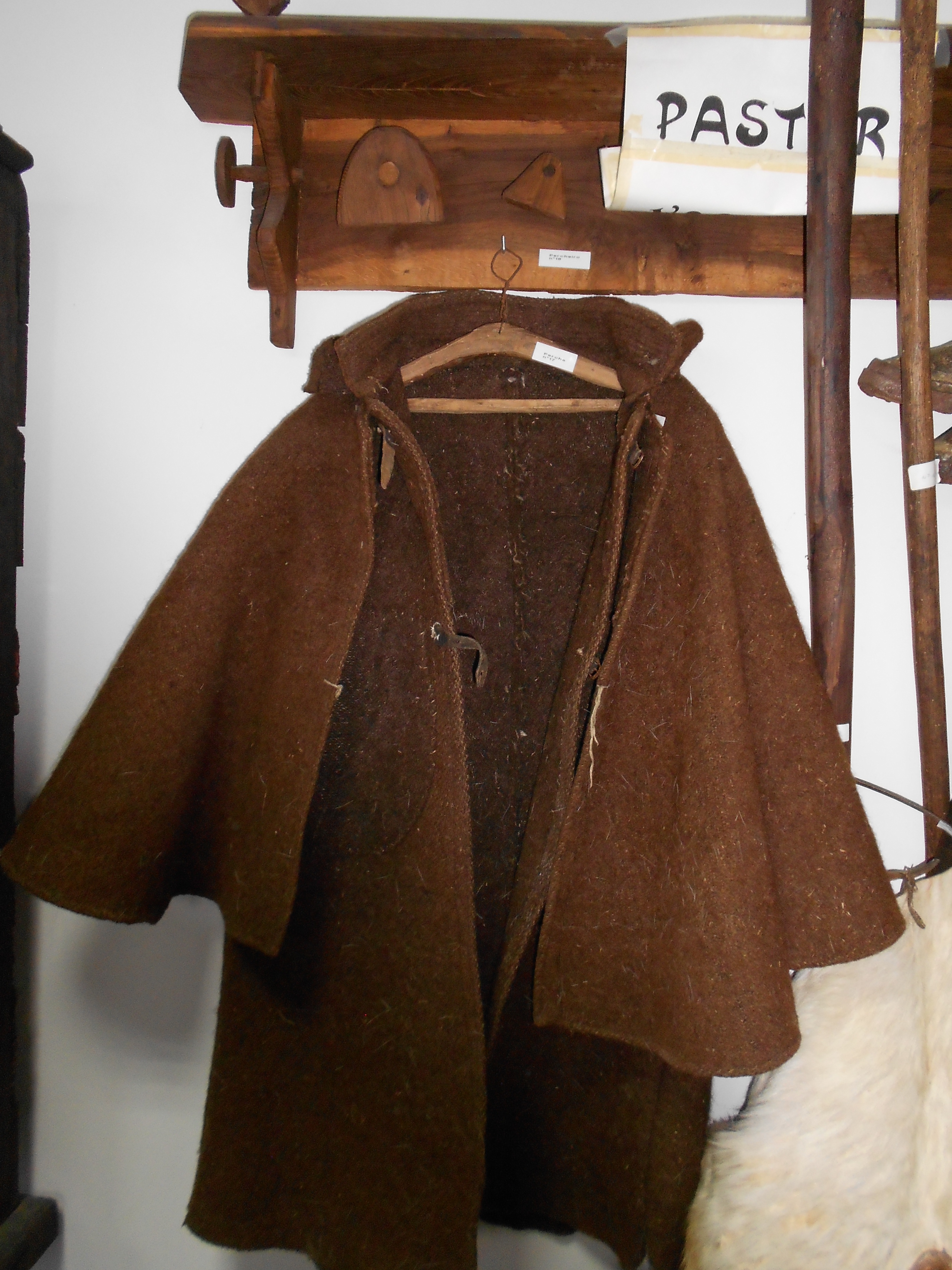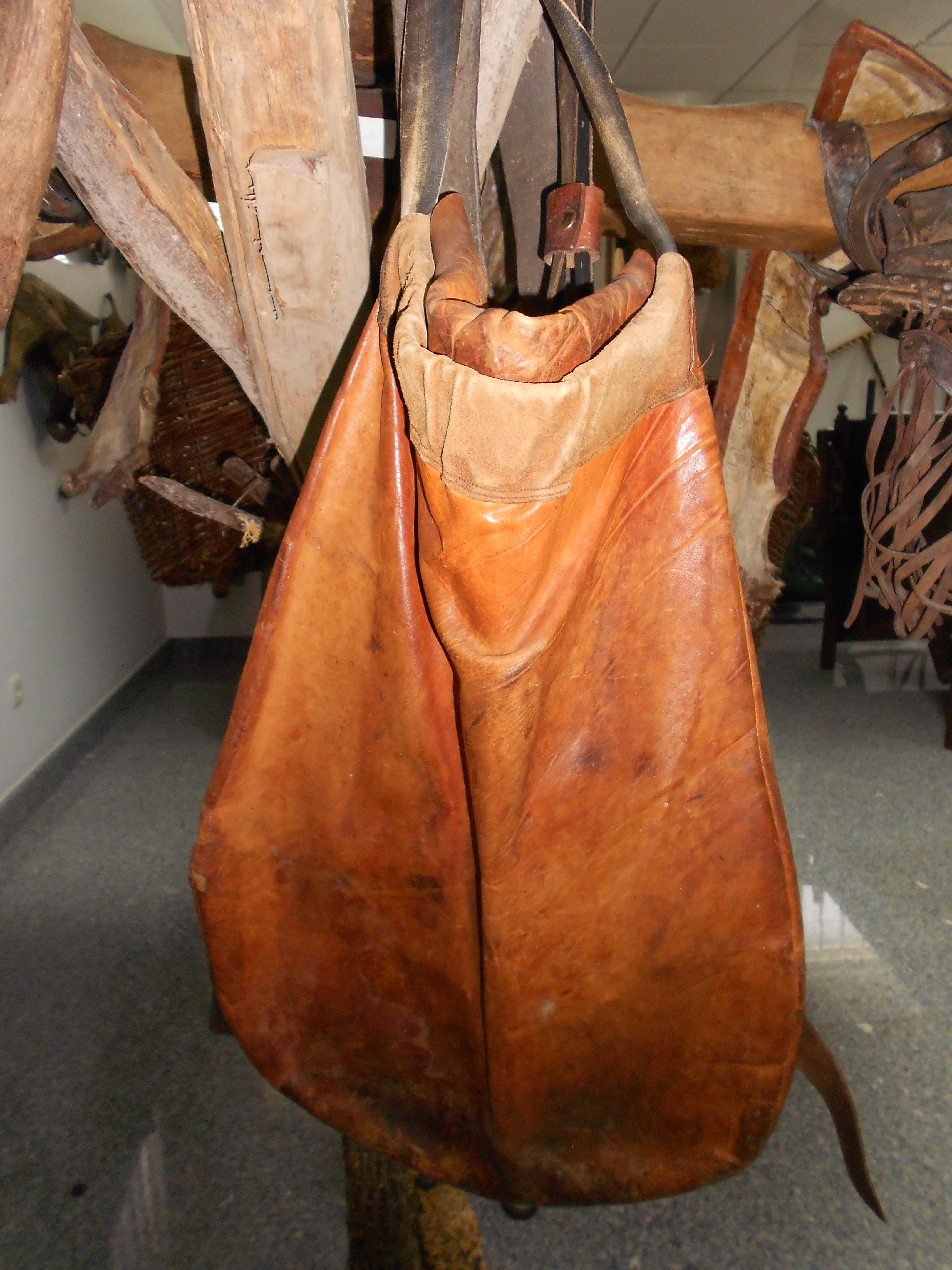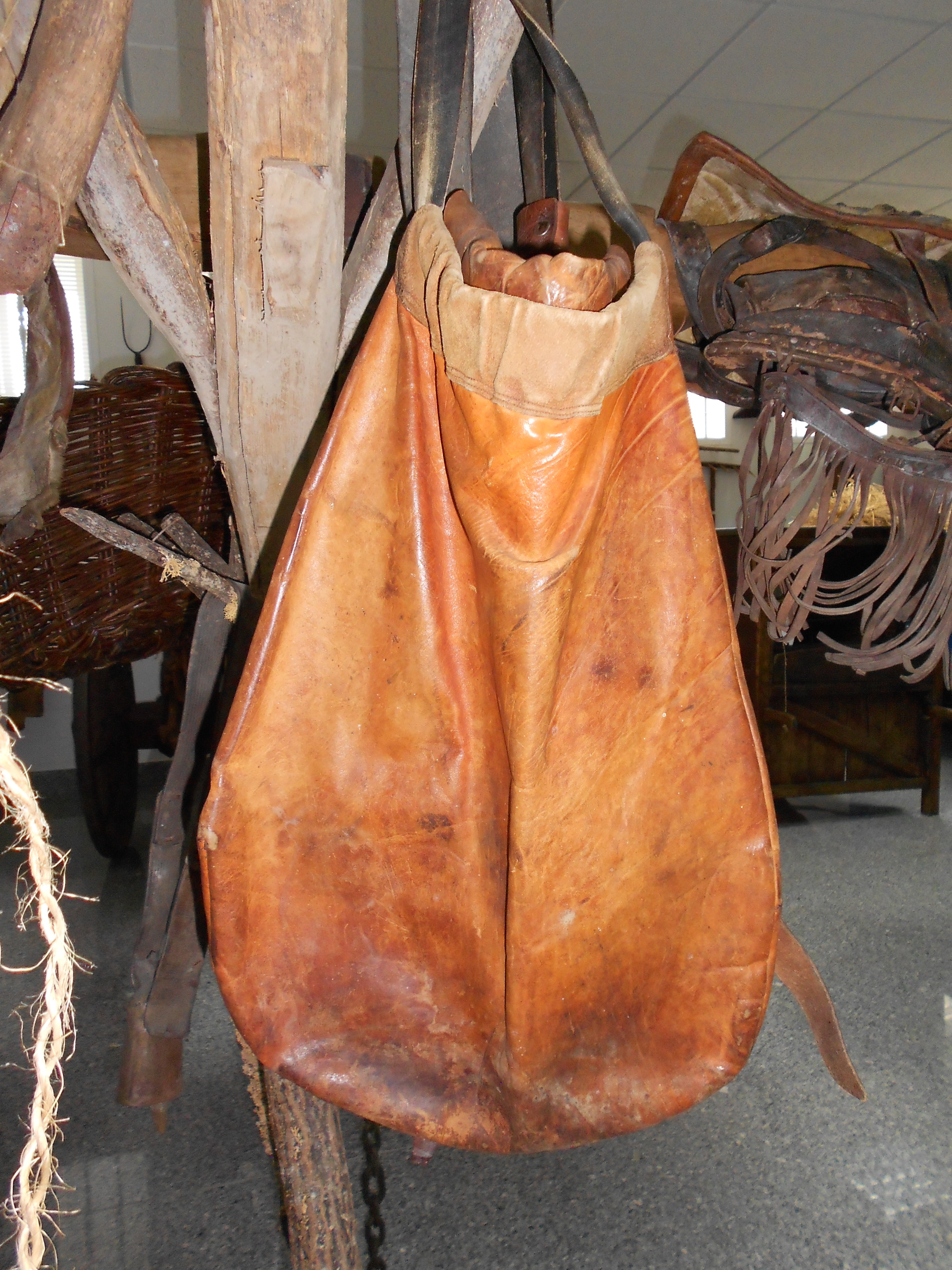Regaining a sense of belonging
‘OS TEARES’
PROJECT ‘OS TEARES’ CENTRE FOR THE TRANSFORMATION OF THE VILARIÑO DE CONSO WOOL AND ETHNOGRAPHIC MUS
This project proposes that Vilariño de Conso should have a Wool Transformation Centre where wool can be taken to be sorted and washed, if possible, as it has several traditional washing places, some of which are in poor condition and could be renewed and adapted. On a visit to some of them there are even abandoned outbuildings that could be used for sorting or storage.
Spain
Local
Vilariño de Conso
Mainly rural
It refers to other types of transformations (soft investment)
Yes
2025-02-13
No
No
Yes
No
No
As a representative of an organisation
It is a municipality that belongs to the region of Viana in the province of Ourense. It is situated in a high mountainous area at an altitude of over 1500 metres.
The municipality, which has an area of 200.23 km², and has 17 inhabited villages that are part of the municipality are part of the municipality among them: Castiñeira, Conso, Chaguazoso, Mormentelos, Pentes, Paradoalvar, Sabuguido, San Cristobal, San Mamed, Soutogrande and Vilariño, which is where you can find Town Hall building and the rest of the main services.
It has a bank office, pharmacy, some small essential shops, a hostel, a residence for the elderly, a health centre and a nursery, as well as good municipal facilities such as a natural river swimming pool and recreational areas.Of the 510 inhabitants of the municipality, 287 are men and 223 are women. The percentages of the population with respect to their ages are significant: 8.30% (under 20 years of age), 52.78% (between 20 and 64 years of age) and 38.9% (65 and over).
The average age of the population as of 1 January 2025 is 56.66%, with a high ageing rate (469.27%).
Ourense is one of the Spanish provinces with the oldest population and also has a clear risk of depopulation, especially in areas like this one that are so far away from larger population centres.
To get to the nearest hospital they have to drive almost an hour. One possible direction is towards Barco de Valdeorras. They can also drive opposite, towards Verín. Both towns, of more than 10,000 inhabitants, are more than 50 minutes away from the Town Hall Village and the road is difficult, especially in winter. In these towns they also have access to nursery, primary and secondary education and other social, health and commercial services that they do not have in their own town village.
Even so, this area has many resources with great potential that could be developed through this project, as they are not sufficiently exploited.
The municipality, which has an area of 200.23 km², and has 17 inhabited villages that are part of the municipality are part of the municipality among them: Castiñeira, Conso, Chaguazoso, Mormentelos, Pentes, Paradoalvar, Sabuguido, San Cristobal, San Mamed, Soutogrande and Vilariño, which is where you can find Town Hall building and the rest of the main services.
It has a bank office, pharmacy, some small essential shops, a hostel, a residence for the elderly, a health centre and a nursery, as well as good municipal facilities such as a natural river swimming pool and recreational areas.Of the 510 inhabitants of the municipality, 287 are men and 223 are women. The percentages of the population with respect to their ages are significant: 8.30% (under 20 years of age), 52.78% (between 20 and 64 years of age) and 38.9% (65 and over).
The average age of the population as of 1 January 2025 is 56.66%, with a high ageing rate (469.27%).
Ourense is one of the Spanish provinces with the oldest population and also has a clear risk of depopulation, especially in areas like this one that are so far away from larger population centres.
To get to the nearest hospital they have to drive almost an hour. One possible direction is towards Barco de Valdeorras. They can also drive opposite, towards Verín. Both towns, of more than 10,000 inhabitants, are more than 50 minutes away from the Town Hall Village and the road is difficult, especially in winter. In these towns they also have access to nursery, primary and secondary education and other social, health and commercial services that they do not have in their own town village.
Even so, this area has many resources with great potential that could be developed through this project, as they are not sufficiently exploited.
rural
looms
recovery
historical elements
identity
This project proposes that Vilariño de Conso should have a Wool Transformation Centre where wool can be taken to be sorted and washed, if possible, as it has several traditional washing places, some of which are in poor condition and could be renewed and adapted. On a visit to some of them there are even abandoned outbuildings that could be used for sorting or storage.
After visiting the Town Council and different villages where the installation of the washing place would be possible, such as Castiñeira, San Mamede, Chaguazoso or Soutogrande. It is established that the most suitable area would be Castiñeira, because it is closer to the Town Hall and the access by road is more viable. This enclave has a washhouse which is more or less undervalued and with sufficient water to supply the possible washhouse. However, other factors must be taken into account in addition to the development of the washhouses, such as:
- The attached facilities for the storage of wool for separation. Sunny and well-ventilated spaces that prevent humidity.
- In addition, some washing places have already been refurbished for the use of the villagers in summer, to leave them without this service would be detrimental and an unnecessary expense.
- Access for at least one small lorry to load and unload the wool.
- That the water always arrives and does not de-supply the population of the village where it is located.
- The treatment of waste water as it may contain substances that contaminate neighbouring plots. This water must be collected according to European regulations and treated.
- For this activity to be attractive for future inhabitants of the village, it must be close to the services of the Town Hall and also a village that has houses and people living in it to generate community.
- The possibility of coordinating different activities, washing with textile and training.
- The attached facilities for the storage of wool for separation. Sunny and well-ventilated spaces that prevent humidity.
- In addition, some washing places have already been refurbished for the use of the villagers in summer, to leave them without this service would be detrimental and an unnecessary expense.
- Access for at least one small lorry to load and unload the wool.
- That the water always arrives and does not de-supply the population of the village where it is located.
- The treatment of waste water as it may contain substances that contaminate neighbouring plots. This water must be collected according to European regulations and treated.
- For this activity to be attractive for future inhabitants of the village, it must be close to the services of the Town Hall and also a village that has houses and people living in it to generate community.
- The possibility of coordinating different activities, washing with textile and training.
In order to carry out the project it is necessary to implement different activities:
- Reform project of the laundry to make it suitable for wool washing.
- Acquisition of an annexe for the laundry and its refurbishment.
- Conditioning of the accesses for road transport.
- Channelling of water for the water treatment plant.
- Acquisition of the textile work space ‘OS TEARES’. (No need for refurbishment)
- Acquisition of textile machinery for training and textile production.
- Adequacy of the new Ethnographic Museum for the location of pieces, signage, transfer of the same and exhibition design.
- Training of livestock farmers and the people who will participate in the different activities as coordinators. There is already a person in charge of the Museum, but internships could be offered to tourism students.
- Training and mentoring for new entrepreneurs interested in any activity in the area, either from this project or generated by it (business ecosystem).
- Coordination and supervision of the project.
- Dissemination of the activities through a marketing and communication plan.
- Include new sections on the City Council's website with information on the project: activities to be carried out, progress and cooperation. Elaboration of initial contents and
updating.
- Reform project of the laundry to make it suitable for wool washing.
- Acquisition of an annexe for the laundry and its refurbishment.
- Conditioning of the accesses for road transport.
- Channelling of water for the water treatment plant.
- Acquisition of the textile work space ‘OS TEARES’. (No need for refurbishment)
- Acquisition of textile machinery for training and textile production.
- Adequacy of the new Ethnographic Museum for the location of pieces, signage, transfer of the same and exhibition design.
- Training of livestock farmers and the people who will participate in the different activities as coordinators. There is already a person in charge of the Museum, but internships could be offered to tourism students.
- Training and mentoring for new entrepreneurs interested in any activity in the area, either from this project or generated by it (business ecosystem).
- Coordination and supervision of the project.
- Dissemination of the activities through a marketing and communication plan.
- Include new sections on the City Council's website with information on the project: activities to be carried out, progress and cooperation. Elaboration of initial contents and
updating.
With these activities several results are expected that could be easily measured to evaluate the success of the project, solving the wool problem for the livestock farmers.
- Increase of the population in the municipality through new inhabitants that lower the average age and allow to keep the school open.
- Improvement of the local economy through new activities that generate wealth in the territory and attract tourism and may be interesting for these new settlers.
- Improvement of the visibility of the municipality and its tourist attractions by increasing the number of visitors who may also demand new services (catering, accommodation, transport, etc., opening up new business opportunities).
- Attraction through the dissemination of the Ethnographic Museum and the activity of the textile centre, for the implementation of artisans who can develop their activity in the area, whether in the textile sector or others.
- Attract new settlers and cultural entrepreneurs through cultural activity.
This village, like many others in Spain, was affected by the exodus of the population who, once they had gone on to higher education, did not return to the village due to the lack of business opportunities and services. Creating an ecosystem that combines the use of its own resources, such as livestock, to solve a waste problem such as wool, turning it into an opportunity could be a possible solution for the future. If we can also implement a social economy projects that allows access to employment for people who are already living in the village or others who could come, combining it with cultural activities and sustainable tourism, perhaps we can make it a benchmark for many others.
- Increase of the population in the municipality through new inhabitants that lower the average age and allow to keep the school open.
- Improvement of the local economy through new activities that generate wealth in the territory and attract tourism and may be interesting for these new settlers.
- Improvement of the visibility of the municipality and its tourist attractions by increasing the number of visitors who may also demand new services (catering, accommodation, transport, etc., opening up new business opportunities).
- Attraction through the dissemination of the Ethnographic Museum and the activity of the textile centre, for the implementation of artisans who can develop their activity in the area, whether in the textile sector or others.
- Attract new settlers and cultural entrepreneurs through cultural activity.
This village, like many others in Spain, was affected by the exodus of the population who, once they had gone on to higher education, did not return to the village due to the lack of business opportunities and services. Creating an ecosystem that combines the use of its own resources, such as livestock, to solve a waste problem such as wool, turning it into an opportunity could be a possible solution for the future. If we can also implement a social economy projects that allows access to employment for people who are already living in the village or others who could come, combining it with cultural activities and sustainable tourism, perhaps we can make it a benchmark for many others.
Please explain how different stakeholders at various levels (local, regional, national European) were engaged in the design and implementation of the project. Please describe their role and level of involvement. Please highlight what the added value of their engagement was
It is very important to have people from the municipality who can maintain the activities on a regular basis. Even if these proposed activities are coordinated or promoted by the Town Council or other external agents with appropriate technical knowledge, the daily work must be carried out by the inhabitants of Vilariño. In this way, community and local economy are generated, generating employment for new inhabitants, which is one of the objectives.
The Town Council and the specialist team involved in the project can provide training and mentoring support for new rural entrepreneurs.
The Town Council and the specialist team involved in the project can provide training and mentoring support for new rural entrepreneurs.
It is very important to have people from the municipality who can maintain the activities on a regular basis. Even if these proposed activities are coordinated or promoted by the Town Council or other external agents with appropriate technical knowledge, the daily work must be carried out by the inhabitants of Vilariño. In this way, community and local economy are generated, generating employment for new inhabitants, which is one of the objectives.
The Town Council and the specialist team involved in the project can provide training and mentoring support for new rural entrepreneurs.
The Town Council and the specialist team involved in the project can provide training and mentoring support for new rural entrepreneurs.
Please describe the methodology or approach used in your project.
This may involve for example aspects of the methodology, technology, processes, products, learnings etc.
- Reform project of the laundry to make it suitable for wool washing.
- Acquisition of an annexe for the laundry and its refurbishment.
- Conditioning of the accesses for road transport.
- Channelling of water for the water treatment plant.
- Acquisition of the textile work space ‘OS TEARES’. (No need for refurbishment)
- Acquisition of textile machinery for training and textile production.
- Adequacy of the new Ethnographic Museum for the location of pieces, signage, transfer of the same and exhibition design.
- Training of livestock farmers and the people who will participate in the different activities as coordinators. There is already a person in charge of the Museum, but internships could be offered to tourism students.
- Training and mentoring for new entrepreneurs interested in any activity in the area, either from this project or generated by it (business ecosystem).
- Coordination and supervision of the project.
- Dissemination of the activities through a marketing and communication plan.
- Include new sections on the City Council's website with information on the project: activities to be carried out, progress and cooperation. Elaboration of initial contents and
updating.
- Acquisition of an annexe for the laundry and its refurbishment.
- Conditioning of the accesses for road transport.
- Channelling of water for the water treatment plant.
- Acquisition of the textile work space ‘OS TEARES’. (No need for refurbishment)
- Acquisition of textile machinery for training and textile production.
- Adequacy of the new Ethnographic Museum for the location of pieces, signage, transfer of the same and exhibition design.
- Training of livestock farmers and the people who will participate in the different activities as coordinators. There is already a person in charge of the Museum, but internships could be offered to tourism students.
- Training and mentoring for new entrepreneurs interested in any activity in the area, either from this project or generated by it (business ecosystem).
- Coordination and supervision of the project.
- Dissemination of the activities through a marketing and communication plan.
- Include new sections on the City Council's website with information on the project: activities to be carried out, progress and cooperation. Elaboration of initial contents and
updating.
- Increase of the population in the municipality through new inhabitants that lower the average age and allow to keep the school open.
- Improvement of the local economy through new activities that generate wealth in the territory and attract tourism and may be interesting for these new settlers.
- Improvement of the visibility of the municipality and its tourist attractions by increasing the number of visitors who may also demand new services (catering, accommodation, transport, etc., opening up new business opportunities).
- Attraction through the dissemination of the Ethnographic Museum and the activity of the textile centre, for the implementation of artisans who can develop their activity in the area, whether in the textile sector or others.
- Attract new settlers and cultural entrepreneurs through cultural activity.
- Improvement of the local economy through new activities that generate wealth in the territory and attract tourism and may be interesting for these new settlers.
- Improvement of the visibility of the municipality and its tourist attractions by increasing the number of visitors who may also demand new services (catering, accommodation, transport, etc., opening up new business opportunities).
- Attraction through the dissemination of the Ethnographic Museum and the activity of the textile centre, for the implementation of artisans who can develop their activity in the area, whether in the textile sector or others.
- Attract new settlers and cultural entrepreneurs through cultural activity.

